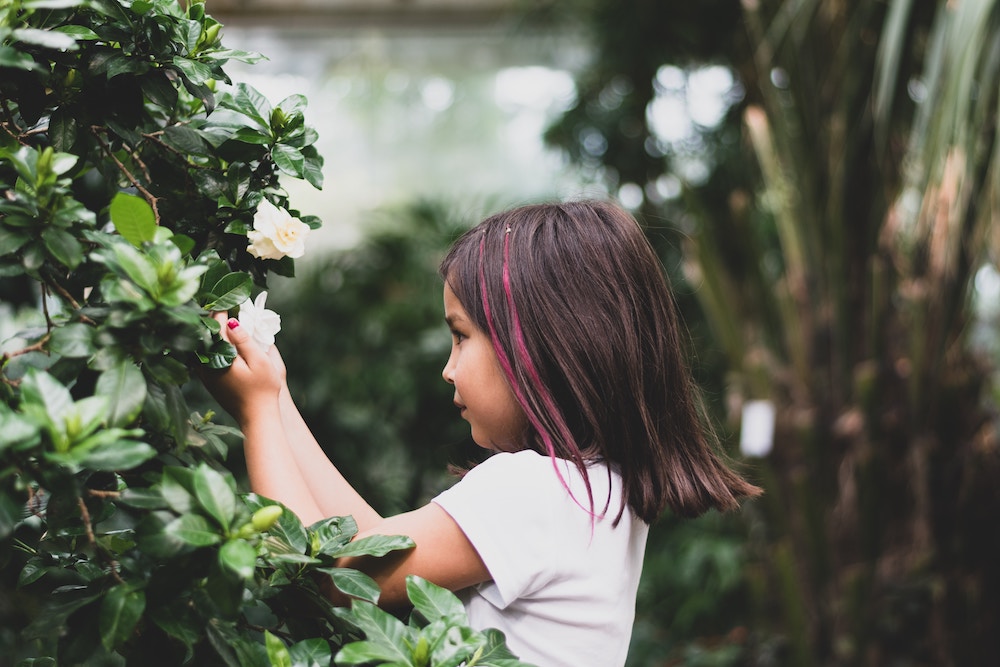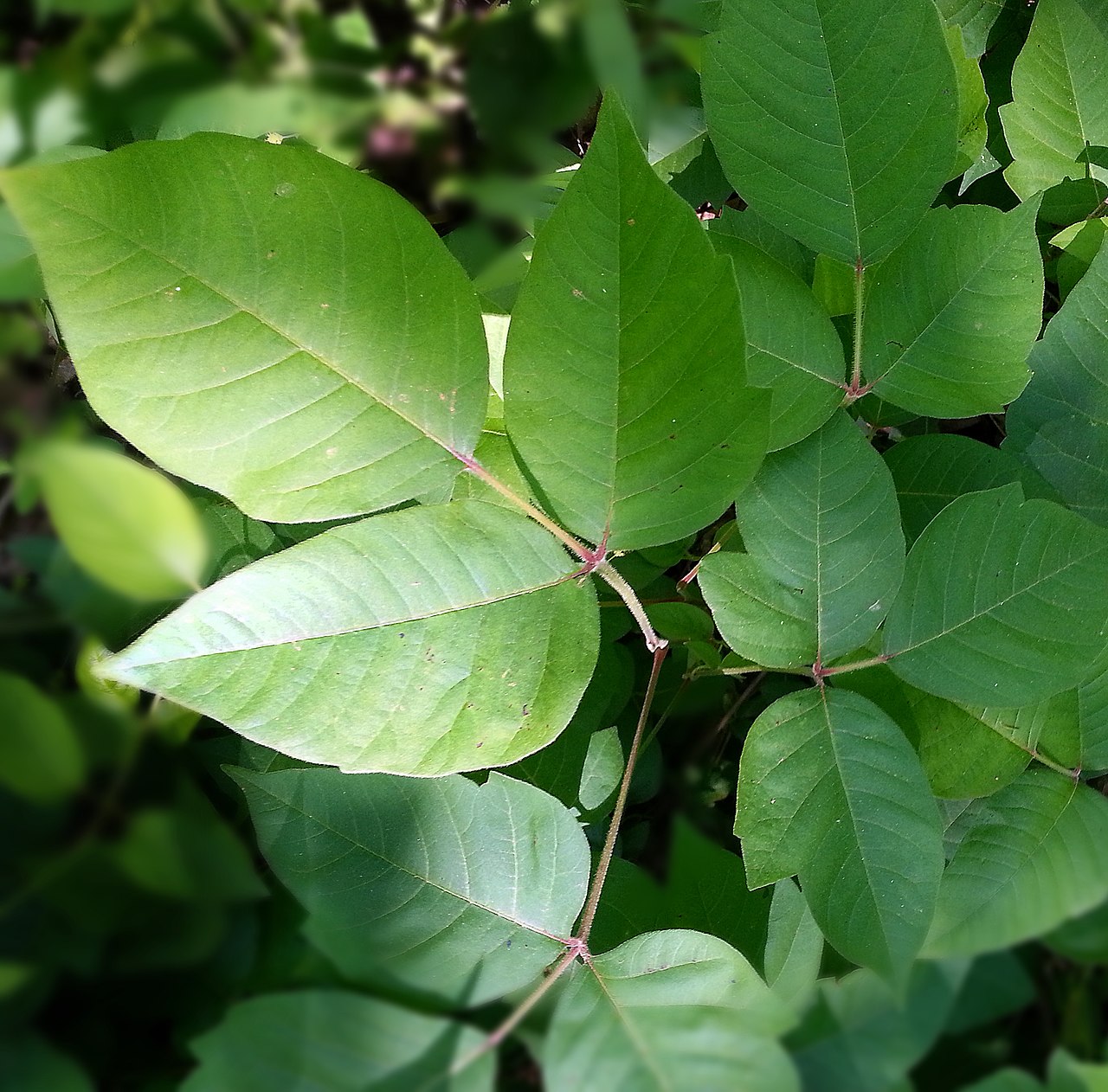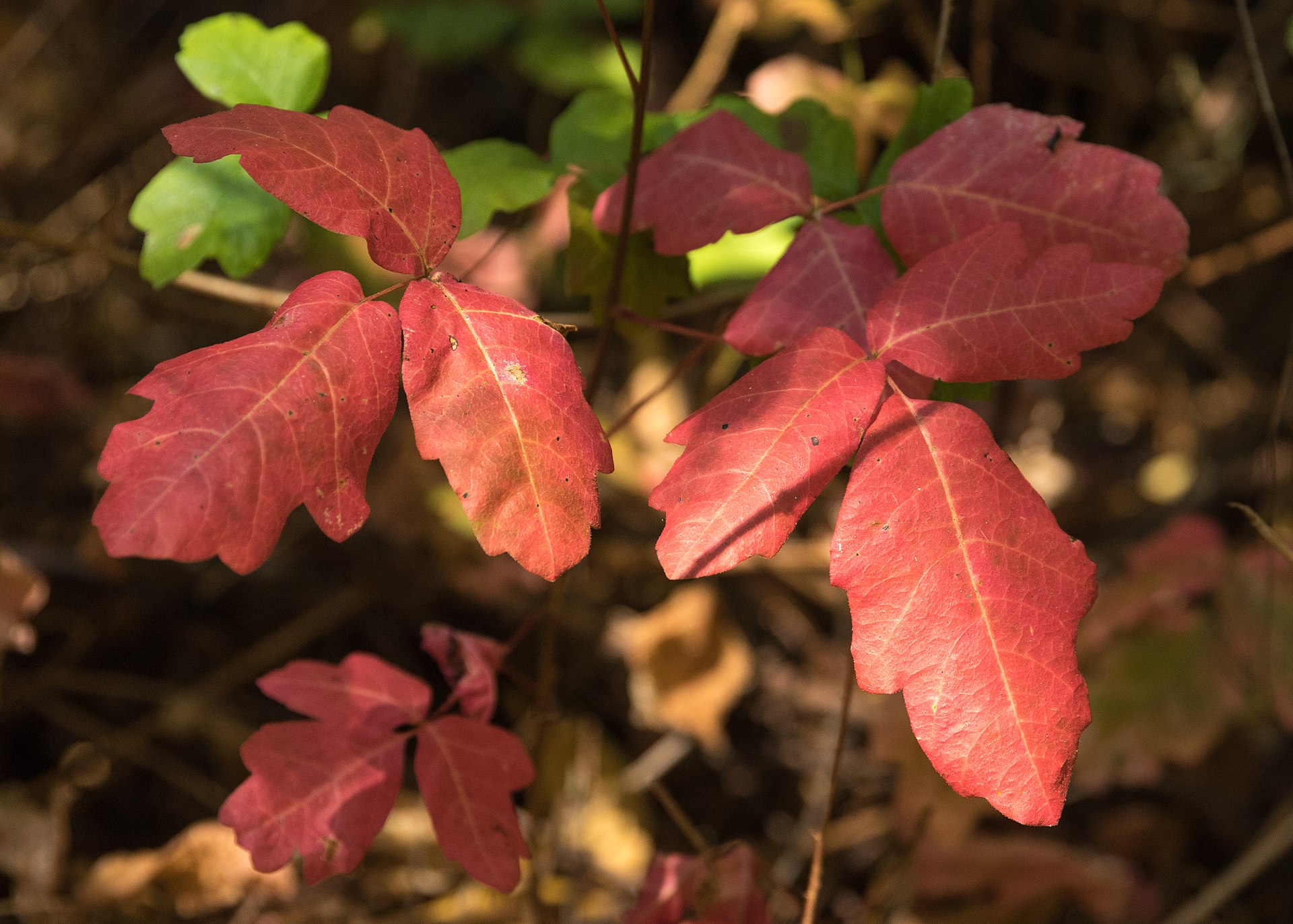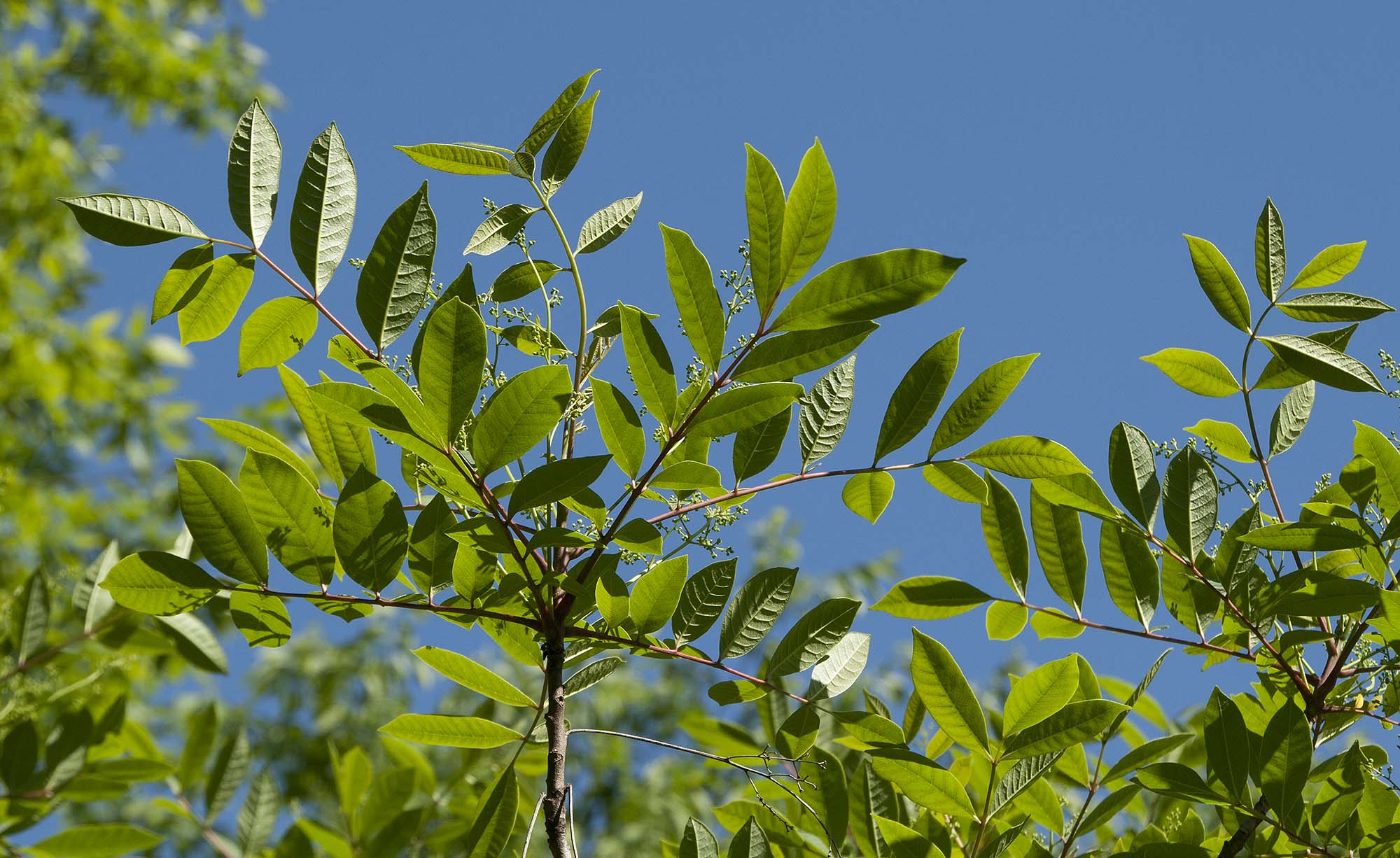Teaching kids about poisonous plants like poison ivy, oak, and sumac can help to prevent painful rashes and allergic reactions. It is essential that we teach them how to recognize and avoid these plants so they can get more enjoyment outside in the wilderness and around the home. In this article, we will cover the identification and avoidance of these toxic plants, both at home and in the wilderness.
Why Teach Children to Recognize and Avoid Poisonous Plants?
According to the American Academy of Dermatology Association, over 50 million people in the US suffer from allergies each year. A significant number of these allergies can be caused by contact with poisonous plants like poison ivy, oak, and sumac.
The rashes and blisters that result from contact with these plants can cause severe itching, pain, and discomfort, leading to sleepless nights and missed school days for children.
While poison ivy, oak, and sumac are more common in the wilderness, they can also grow in your backyard or at the community park.
By teaching children how to identify these plants, parents can help prevent painful rashes and allergic reactions that can result from accidental contact.
Identifying Poison Ivy, Oak, and Sumac
The first step in avoiding poisonous plants is to know how to identify them. Poison ivy, oak, and sumac all contain urushiol, an oily resin that can cause an allergic reaction when it comes into contact with the skin.
Here are some tips to help you identify these plants:
- Poison Ivy: Poison ivy has three shiny green leaves that are pointed at the tips and have toothed edges. The leaves can have a smooth or slightly hairy texture, and the plant can grow as a vine or shrub. In the fall, the leaves turn red, orange, or yellow.
- Poison Oak: Poison oak has three leaflets that resemble oak leaves. The leaflets can have a smooth or slightly lobed edge and a glossy green surface. The plant can grow as a vine or shrub, and in the fall, the leaves turn red or yellow.
- Poison Sumac: Poison sumac has rows of 7-13 leaflets that are smooth-edged and taper to a point. The leaflets are arranged in pairs, with a single leaflet at the end of the stem. The plant can grow as a tall shrub or small tree and has clusters of greenish-yellow or cream-colored berries.
Removing Poisonous Plants from the Home
If you find any of these plants in your backyard, it’s essential to remove them to prevent accidental contact. Here are some tips for safely removing poisonous plants from your home:
- Wear protective clothing: Before removing the plant, make sure to wear gloves, long sleeves, and long pants to avoid contact with the skin.
- Dig up the roots: Poisonous plants can regrow from the roots, so it’s essential to dig up as much of the root system as possible.
- Dispose of the plant: Place the plant and any soil it was growing in into a plastic bag and dispose of it in the trash. Do not burn the plant as inhaling the smoke can cause respiratory problems.
Avoiding Poisonous Plants in the Wilderness
While it’s important to remove poisonous plants from your home, you and your children are also at risk of exposure to these plants when spending time in the wilderness. Here are some tips for avoiding contact with poisonous plants while hiking, camping, or exploring the outdoors:
- Stay on the trail: Poisonous plants are more likely to grow off the beaten path, so sticking to marked trails can help reduce the risk of contact.
- Wear protective clothing: When hiking or camping, wear long pants and long sleeves to reduce the amount of skin exposed to plants. Additionally, consider wearing shoes and socks to protect the feet.
- Educate your children: Teach your children to recognize and avoid poisonous plants. Encourage them to ask an adult before touching or handling any unfamiliar plants.
- Avoid touching the plant: If you come across a plant that you suspect may be poisonous, avoid touching it. Teach your children to admire plants from a safe distance and avoid handling them.
- Wash your clothes and gear: After spending time in the wilderness, it’s important to wash your clothes and gear thoroughly to remove any urushiol oil that may have come into contact with them.
Treating Poison Ivy, Oak, and Sumac Rash
Even with precautions, it’s possible for children to come into contact with poisonous plants. If your child develops a rash or blisters after exposure to poison ivy, oak, or sumac, here are some steps you can take to help alleviate the symptoms:
- Rinse with cool water: As soon as possible after contact with the plant, rinse the affected area with cool water to remove any urushiol oil that may still be on the skin.
- Apply a cool compress: Use a damp cloth or cool compress to help alleviate itching and reduce swelling.
- Use topical creams: Over-the-counter topical creams containing hydrocortisone can help alleviate itching and discomfort. It’s always a good idea to keep some of these on hand in your first aid station.
- Take an antihistamine: If the rash is causing significant discomfort, an oral antihistamine can help reduce itching and swelling.
- Seek medical attention: If the rash is severe or covers a large area of the body, seek medical attention. Your child’s doctor may prescribe a stronger topical cream or oral medication to help alleviate symptoms.
Conclusion
Teaching children to recognize and avoid poisonous plants like poison ivy, oak, and sumac can help prevent painful rashes and allergic reactions. By identifying these plants, removing them from the home, and taking precautions in the wilderness, parents can keep their children safe from harm. If exposure does occur, taking prompt action to treat the rash can help alleviate symptoms and speed up the healing process.







